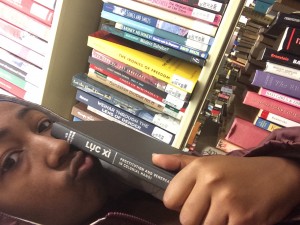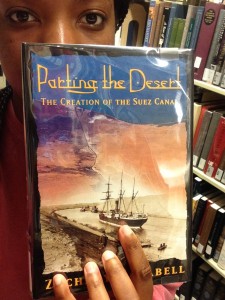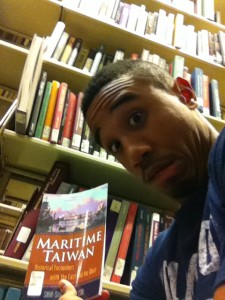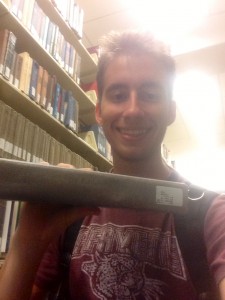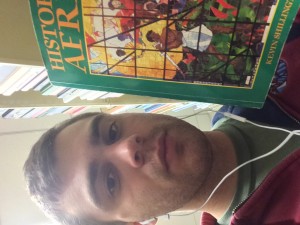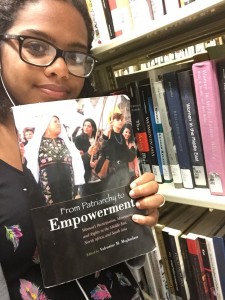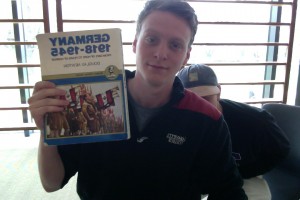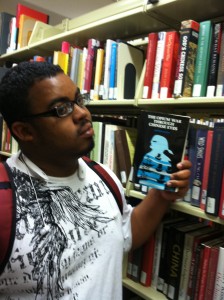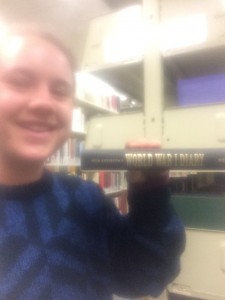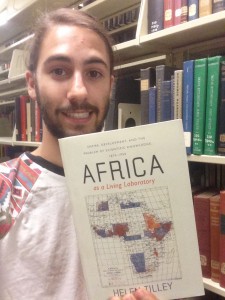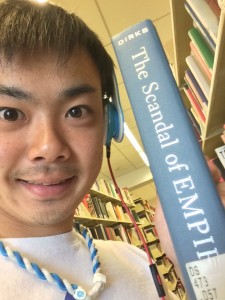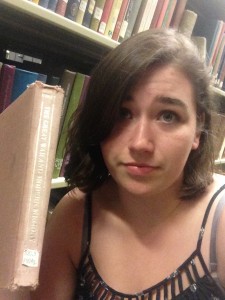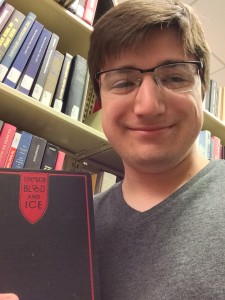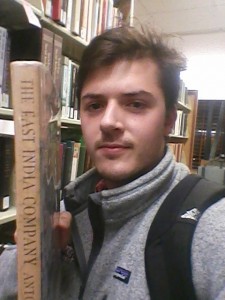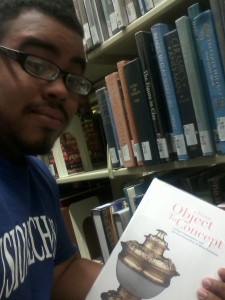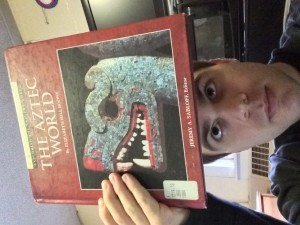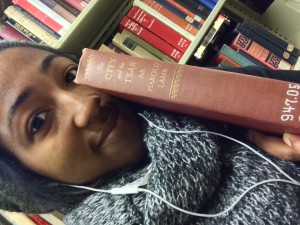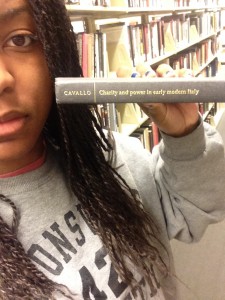Vũ, Trọng Phụng, and Shaun Kingsley. Malarney. Lục Xì: Prostitution and Venereal Disease in Colonial Hanoi. Honolulu: U of Hawaiʻi, 2011. Print.
A subject I was really interested in was the bringing of venereal disease to Hawaii by early settlers and the devastating effects that had on the native population. So when I searched through the library’s catalog, I looked under “Hawaii”, “disease”, and “venereal”. Surprise, I came book about an island whose history is similar to that of Hawaii’s. Hanoi, the capital city of Vietnam, by the 1930’s, had been in the control of the French for over fifty years. This book focuses on the massive commercial sex industry initiated by French arrival. It also highlights the health effects that arise as a result of this industry, such as spikes in the amount of people with a venereal disease and the psychological effects the industry had on the women involved. Books near this one on the shelf included ones on the Sexual Revolution, and other books surrounding topics such as sex, disease, freedom, and colonization.
